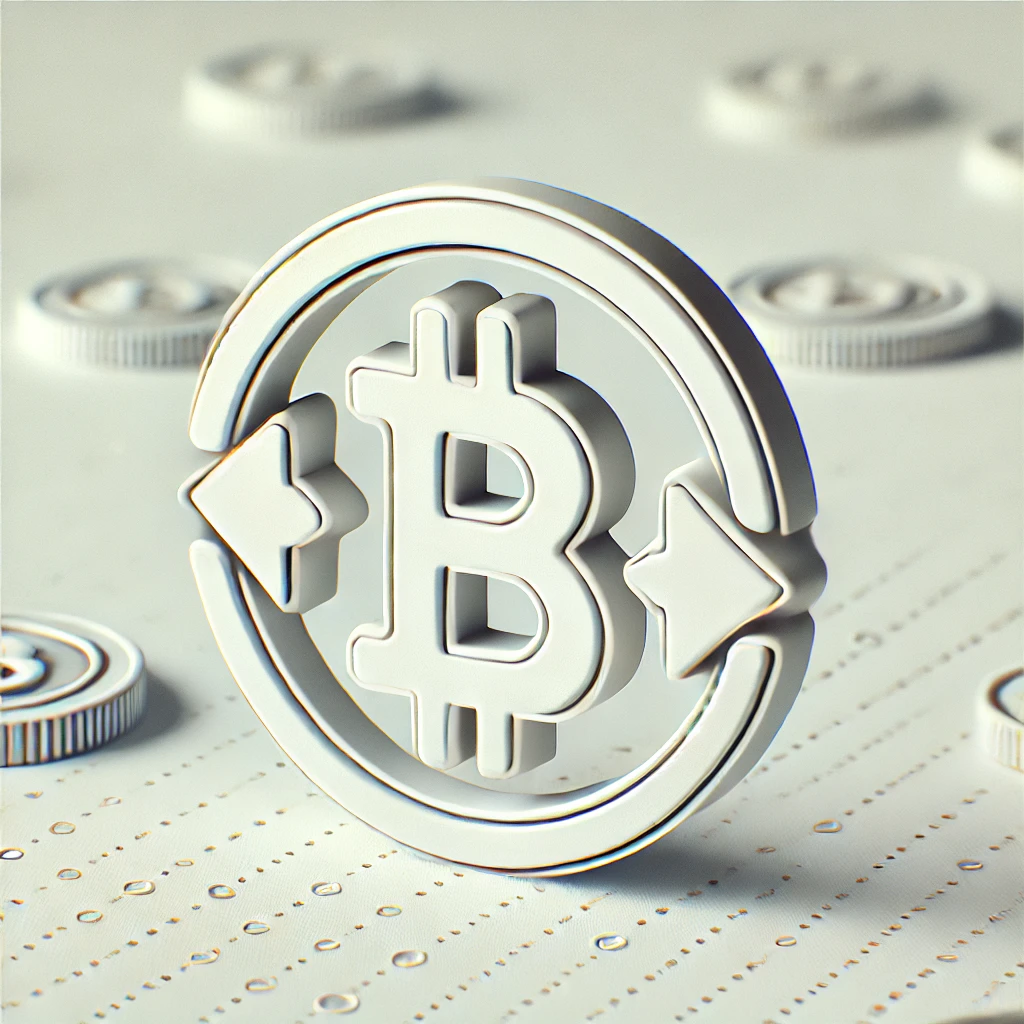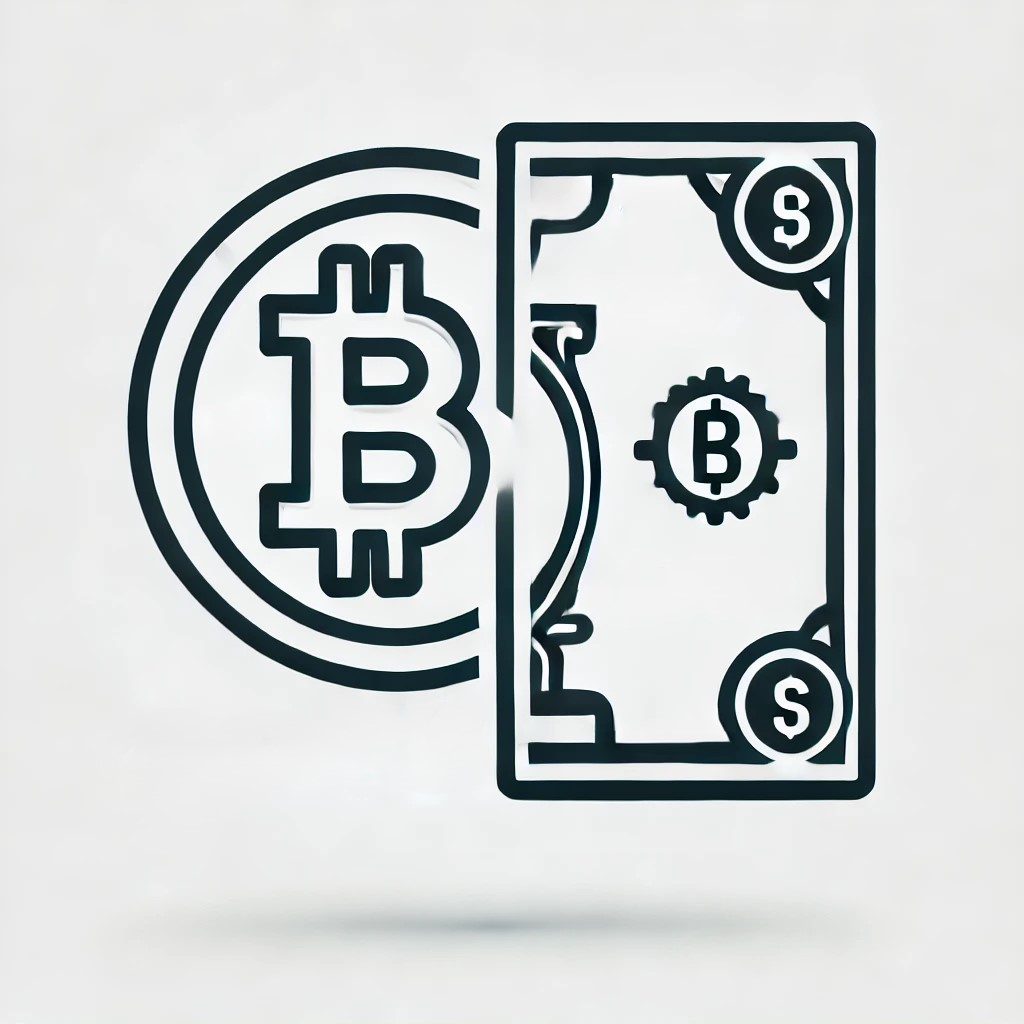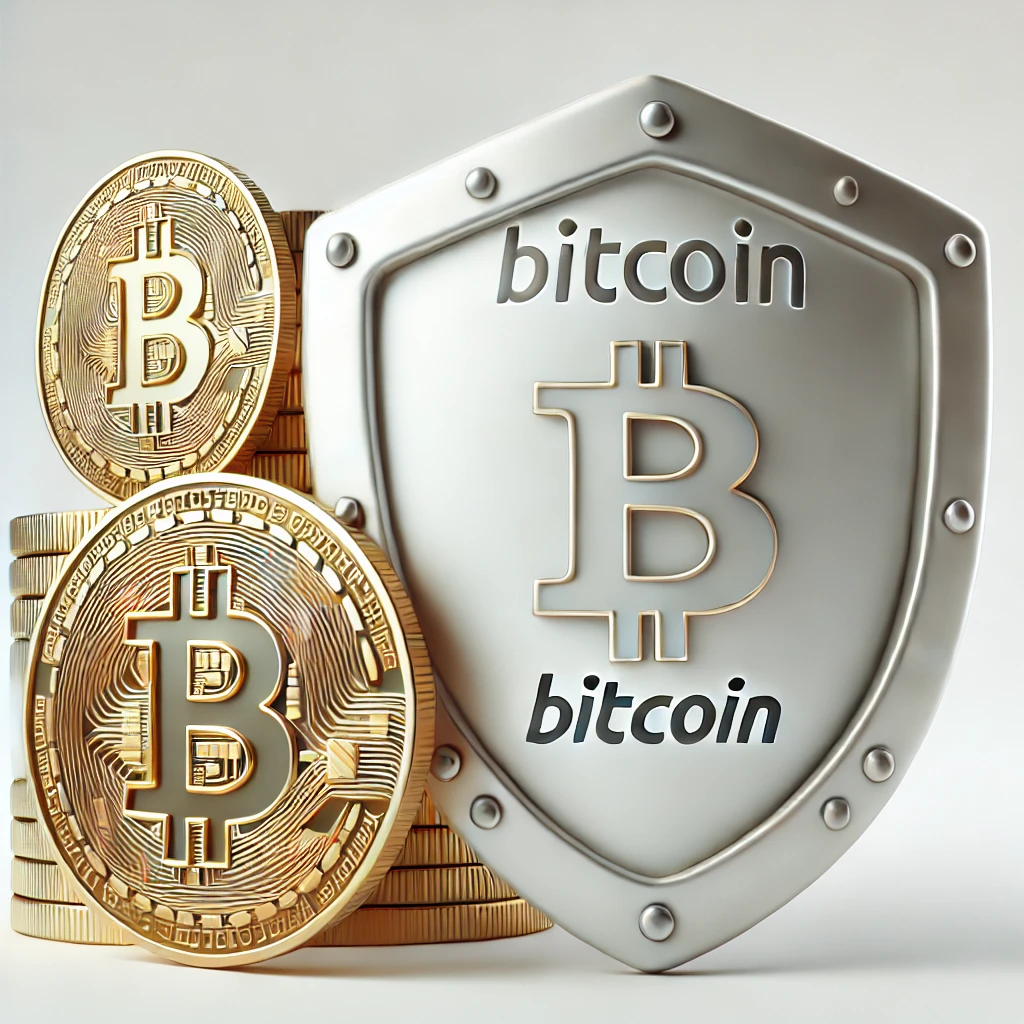Bitcoin vs. Fiat: What Real Ownership Means in a Digital Age
One of Bitcoin’s most misunderstood features is its form of ownership. Unlike fiat currency, which is held in banks and regulated by governments, Bitcoin represents digital ownership—an entirely new concept for money in the digital age.
Bitcoin’s Digital Ownership vs. Fiat’s Physical Constraints
Owning Bitcoin means holding it in a digital wallet secured by a private key. Unlike fiat currency stored in banks, where you rely on third-party institutions to safeguard your money, Bitcoin lets you control your own funds independently. This self-ownership removes the need for banks and gives people financial sovereignty.
The Value of Scarcity and Security
Fiat currency is subject to inflation as governments can print more money. Bitcoin, however, has a fixed supply of 21 million coins. This scarcity makes it valuable, similar to gold, but with the added benefit of being digital and easy to transfer globally. Bitcoin’s security through cryptography and decentralization ensures that no one can tamper with its supply or ownership records.
Why Bitcoin is Considered “Real” Ownership
Though intangible, Bitcoin represents “real” ownership because it is protected by blockchain technology, free from interference. Unlike fiat, which can be frozen or restricted, Bitcoin remains accessible only to its owner, ensuring greater control and autonomy.
Conclusion
Bitcoin offers a new way to think about ownership, where scarcity, security, and independence create a unique asset. In a digital age, Bitcoin provides ownership that’s as real as physical property but more flexible and secure.




